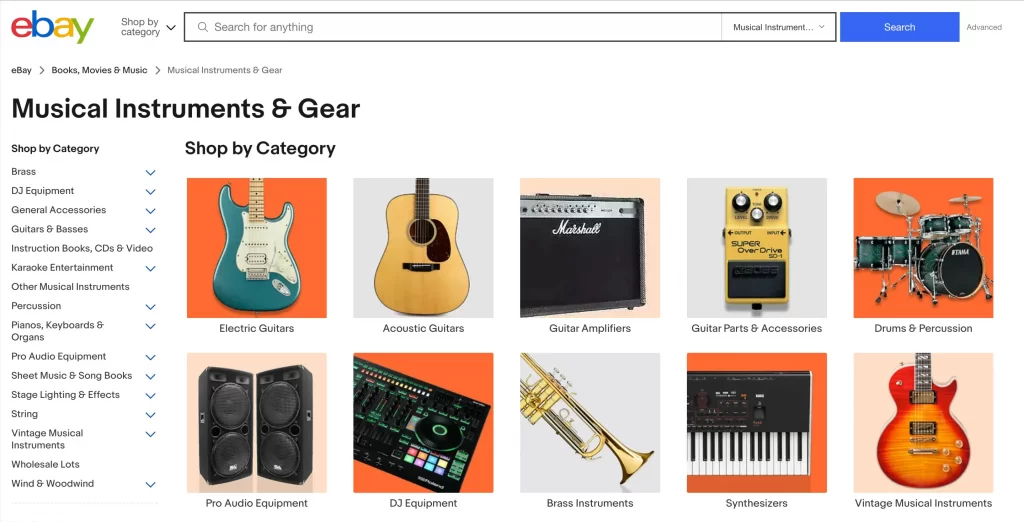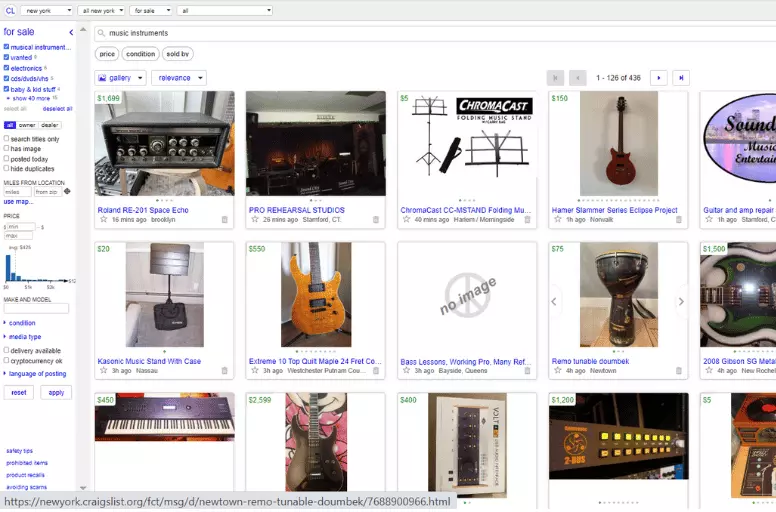Blog
“How to Buy Used Musical Instruments Without Regrets”
Buying a musical instrument is an exciting step for any musician, whether you’re a beginner looking to start your journey or a seasoned player seeking a vintage gem. While new instruments can be expensive, purchasing a used instrument can offer great value—provided you know how to navigate the process. However, buying a used instrument also comes with potential pitfalls if you’re not careful. To ensure that you’re making a smart investment, it’s important to follow a few guidelines when buying used musical instruments. In this guide, we’ll walk you through the essential steps to help you buy with confidence and avoid regrets.
1. Know What You’re Looking For
Before you start shopping, it’s essential to have a clear idea of what you need. Research the type of instrument you’re interested in, its typical market value (both new and used), and its brand reputation. Make a list of features that are important to you, such as the size, tone, or material (for example, maple or rosewood for guitars). If you’re buying an instrument like a violin, trumpet, or saxophone, knowing the specifics of different models or variations can help you make a better-informed decision.
2. Set a Budget
Used instruments can vary greatly in price, depending on their condition, age, and brand. Setting a realistic budget is key to narrowing down your options and ensuring you don’t overspend. Keep in mind that while buying used can save you money, it’s still important to balance cost with quality. You may find an amazing deal, but it’s crucial to ensure that the instrument is still in good playable condition. Factor in potential repair or restoration costs into your budget, especially for higher-end instruments or older models.
3. Check the Instrument’s Condition
One of the most important aspects of buying a used instrument is inspecting its condition. Here are some tips for assessing the health of various types of musical instruments:

- String Instruments (Guitars, Violins, Cellos): Check for cracks, chips, or warped necks, which can affect the sound and playability. On guitars, check the fretboard and the action (the height of the strings from the fretboard). For violins, inspect the bridge and scroll for any signs of damage or poor repairs.
- Brass and Woodwind Instruments (Trumpets, Saxophones, Clarinets): Examine the mouthpiece for wear and tear. Make sure the valves and slides move smoothly on brass instruments and that woodwind pads are in good condition. Look for dents, rust, or other visible signs of damage that could affect the sound.
- Percussion Instruments (Drums, Cymbals): Check for cracks in the drum shell, dents, or warping in cymbals. Drum heads should be free from holes or excessive wear.
- Pianos and Keyboards: Inspect the keyboard for any sticky or broken keys. For pianos, check the strings for damage or rust and the action for responsiveness. Test each note to ensure it produces a consistent sound.
4. Test It Before You Buy
If possible, always test the instrument before committing to the purchase. Play it or listen to it being played by someone else, if you’re unfamiliar with how to play it yourself. This step will help you identify any issues that may not be immediately visible. For instruments like guitars or woodwinds, listen for buzzing, tuning problems, or irregular sounds. For pianos, test the keys and listen for any unevenness in tone.
For percussion instruments, test the drumhead tension and ensure that cymbals resonate clearly. If you’re buying from a seller online, ask for video demonstrations or arrange to meet in person if possible.
5. Ask About Its History
Understanding the history of the instrument can give you important context regarding its wear and tear. Ask the seller about the instrument’s previous owners, its age, and if it has had any repairs or modifications. An instrument that has been well-maintained and carefully stored will be more likely to offer longevity and good sound quality. A history of heavy use or poor care can be a red flag.
Also, inquire about the reason for the sale. If the seller is parting with the instrument due to a financial issue, it may be a great deal. However, if the instrument has been stored improperly or has been played in a way that could have caused damage, it could be more trouble than it’s worth.
6. Know Where to Shop
When buying used musical instruments, choose a reputable seller. Local music stores often carry pre-owned instruments that have been inspected and repaired, offering some assurance of quality. Online platforms like Reverb, eBay, or Craigslist can also be great places to find deals, but be cautious when dealing with private sellers. Be sure to check ratings or reviews if you’re buying from an online marketplace and ask for clear photos or videos before making a decision.
If you’re considering buying from a pawn shop, ensure that they provide a return policy in case you find issues after purchase. It’s always better to have some peace of mind before committing.

7. Negotiate the Price
Unlike buying a new instrument, purchasing a used one often allows for negotiation. Be respectful but firm when discussing the price, especially if you notice any flaws or imperfections that might justify a lower price. If the seller is aware of the instrument’s market value and its condition, they may be willing to give you a better deal. If you’re unsure about how to negotiate, research the instrument’s typical value before engaging in the conversation.
8. Be Cautious of Scams
Unfortunately, like any market, there are scammers who may try to pass off subpar or misrepresented instruments. Be cautious of deals that seem too good to be true, particularly when buying from unfamiliar online sources. Avoid purchasing instruments without seeing them in person or requesting clear, detailed pictures and videos. Scammers often use high-quality images or descriptions to lure in buyers, so trust your instincts and always verify the instrument’s condition before finalizing a deal.
9. Consider Professional Inspection
If you’re unsure about the condition of a used instrument, or if it’s a high-ticket item like a vintage guitar or piano, consider paying for a professional inspection. A qualified technician or luthier can assess the instrument’s quality and provide you with a report on any issues or required repairs. This is especially useful for instruments like violins, cellos, or brass, which can require specialized knowledge.
Conclusion
Buying a used musical instrument can be a rewarding experience, both financially and musically, but it requires careful consideration. By doing your research, inspecting the instrument’s condition, testing it, and buying from reputable sellers, you can ensure that your purchase is a smart one. Remember, while the price might be tempting, the most important thing is ensuring the instrument suits your needs and will provide years of enjoyment. With these tips in mind, you’ll be well on your way to finding the perfect used instrument without any regrets!


